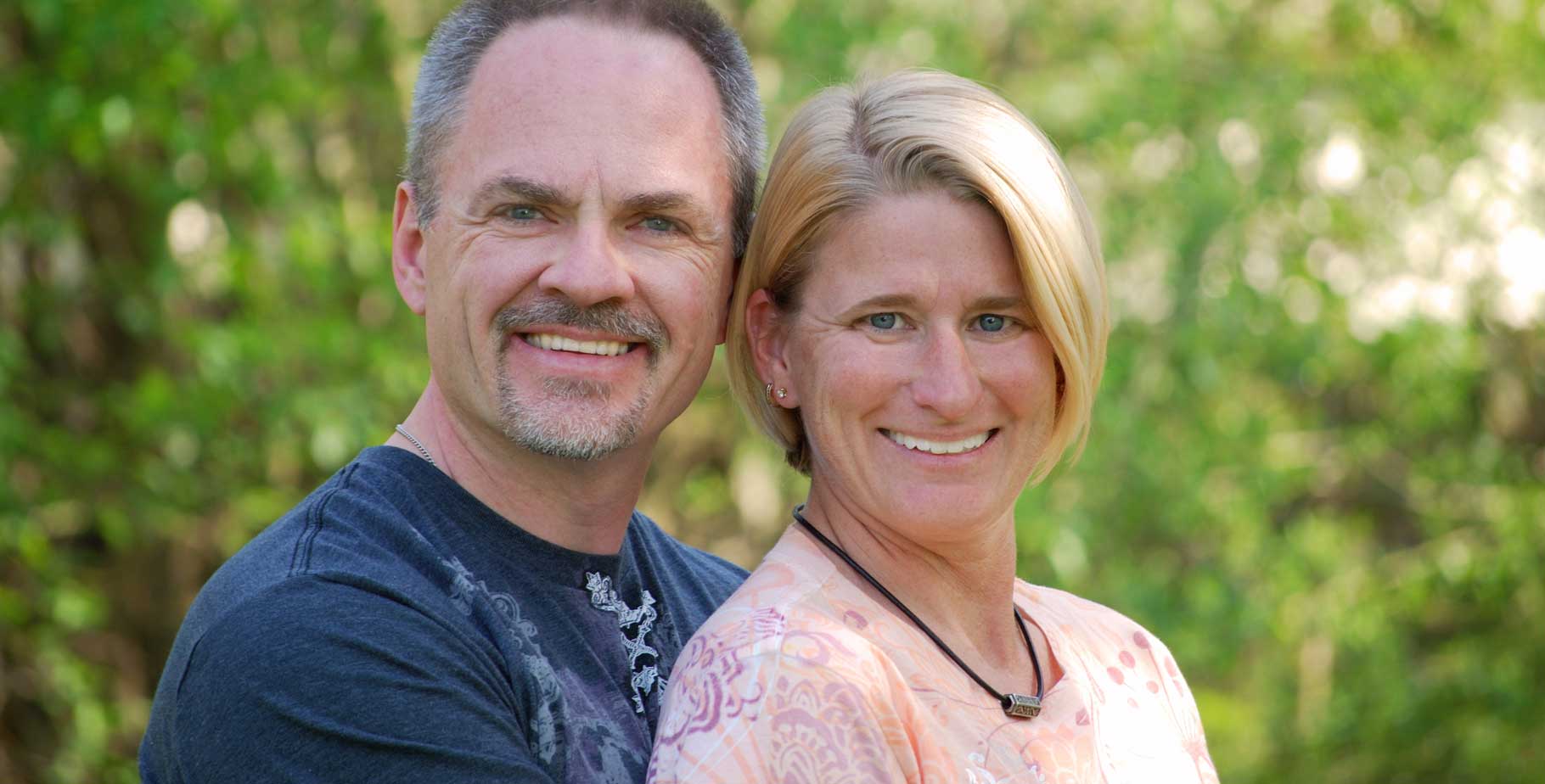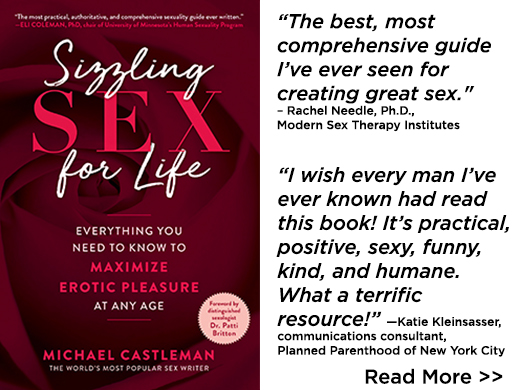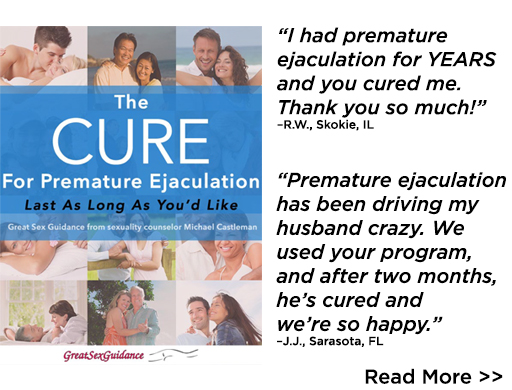
You meet. You click. Suddenly, what Juliet felt for Romeo is nothing compared with the intensity of your passion. You’re head-over-heels in love.
Our word “love” is derived from the ancient Sanskrit lubh, meaning desire, as in lust. But your love is much deeper than a mere physical connection. As the Biblical Song of Songs says, you’re “faint with love.” You’re ignited with what Elvis Presley called “burning love.”
You’re also obsessed. You can’t think of anyone—or anything—else. When your eyes meet, your heart skips a beat. Rod Stewart captured the feeling in “Maggie Mae:” “In my eyes, you’re everything.”
As for the sex—oh, the sex. But, unfortunately, not for long. A year later you wonder: What happened to that incredible intensity? You still love each other. Truly, you do. You could happily spend the rest of your lives together.
But the special magic you once felt has somehow disappeared. You feel as Abigail Adams did in 1793 when she wrote to her husband, President John Adams, “Years subdue the ardor of passion. But affection deep-rooted persists.” Yes, you still love, but no longer madly. The fireworks are over. The Fourth of July has somehow morphed into Thanksgiving.
Of course, this strange transformation from passionate heat to cozy warmth is nothing new. You’ve experienced it in other relationships. So have all your friends. You tell yourself: That’s just how relationships work. Accept it.
But Helen Fisher, Ph.D., couldn’t accept it. A decade ago, the Rutgers anthropologist wondered: Why do people fall madly in love? Why doesn’t lusty passion last? What Fisher discovered provides intriguing insights into why we love as we do—and how to keep the flame of romance burning bright and hot.
Animal Magnetism
A museum in Turkey holds the oldest known written words, a 4,000-year-old Sumerian clay tablet. It’s a love letter. Anthropologists surveyed 147 cultures around the world. Every single one, from Siberia to San Diego, experiences romantic love. If people in every culture fall in love and have since time immemorial, then perhaps, Fisher speculated, love is innate, wired into us through evolution like hunger or thirst. Or lust. But lust is indiscriminate. Love involves a magical connection to one very special person.
Studies of “animal magnetism” strengthened Fisher’s conjecture that romantic love might be innate. Many mammals—dogs, elephants, baboons—fall in love. They show clear preference for a single mate, tenderness toward that individual, fidelity and possessiveness, pining if the two become separated, and grieving if the mate leaves or dies.
If animals experience romantic love, Fisher reasoned, it must be wired into their brains. Research has shown that it is—through special brain chemicals called neurotransmitters, notably dopamine. Fisher wondered if this chemical might also govern human love.
“Have You Just Fallen Madly In Love?”
To find out, Fisher posted a notice on a bulletin board at the State University of New York at Stony Brook: “Have you just fallen madly in love?” Respondents were placed inside a magnetic resonance imaging (MRI) machine, allowing Fisher to track their brain activity, including levels of neurotransmitters. Subjects alternated looking at two photographs, one, a face that meant nothing to them, the other, their new beloved. When Fisher’s volunteers looked at pictures of their sweethearts, their brain scans lit up like Christmas trees—and their brain levels of dopamine soared.
When dopamine levels are elevated, people become energized, exhilarated, and obsessed. Their hearts pound. They have difficulty sleeping. They lose their appetites. And they become persistent and tenacious. In other words, they fall in love.
Dopamine also governs cravings and dependency. These two traits are hallmarks of drug addiction. All addictions raise brain levels of dopamine. Those madly in love sometimes compare the experience to intoxication. Falling in love has also been compared with addiction. Fisher says romantic love is an addiction: “It involves blissful, drug-like euphoria and dependency when one’s love is returned, painful craving when one’s love is absent, and very painful withdrawal when one’s love is spurned.”
As dopamine rises, so does testosterone, the hormone that fuels sexual desire in both men and women. Heightened libido is, of course, a hallmark of falling in love.
Finally, high levels of dopamine depress brain levels of another neurotransmitter, serotonin. Low levels of serotonin are associated with obsession, another element of falling in love. Love-obsession takes many forms. Lovers often find themselves daydreaming about their beloved, calling them constantly. In the words of Sting: “Every breath you take, every move you make…I’ll be watching you.”
Such actions are reminiscent of obsessive-compulsive disorder (OCD). Italian researchers tested serotonin levels in three groups: some who had just fallen in love, others with OCD, and controls who were neither in love nor abnormally obsessive. The controls had normal levels of serotonin, but levels were significantly lower in both the OCD sufferers and those newly in love. “Poets often call love madness or insanity,” Fisher says. “As far as the brain is concerned, it really is.”
From Mad Love to Long-Term Attachment
How long do people stay madly in love? “It depends,” says Palo Alto, California, couples therapist Marty Klein, Ph.D., “but the hot-and-heavy period generally lasts six months to a year.” In Fisher’s MRI studies, dopamine stayed high and serotonin remained low for an average of seven months. New lovers may feel crazy in love, but as Ambrose Bierce wrote, it’s “temporary insanity.”
After mad love, brain levels of dopamine and serotonin return to normal. If the relationship continues, it evolves into still-warm, but not hot “married love.” Fisher calls it “attachment,” affection, security, trust, and contentment with a long-term partner. Attachment also has a chemical basis, two hormones, oxytocin and vasopressin.
Both are produced in two locations: the sex organs (ovaries or testes), and the hypothalamus, the emotion center of the brain. Levels of both of these hormones rise after orgasm. “Oxytocin and vasopressin are ‘cuddle chemicals,’” Fisher explains. “They contribute to the sense of fusion, closeness, and attachment lovers experience after sweet sex.”
Under some circumstances, release of testosterone also triggers release of oxytocin and vasopressin. This is the chemical reason why sex with a lover can deepen feelings of attachment. Under other circumstances, rising levels of ocytocin and vasopressin trigger release of testosterone. This may help explain why long-term couples continue to have sex beyond their reproductive years. But sometimes high levels of testosterone suppress oxytocin and vasopressin. When lust trumps attachment, people might have affairs or leave familiar partners for new ones.
Did We Evolve to Cheat and Divorce?
In fairy tales, the prince marries the princess and they live happily ever after. In real life, of course, things are messier. Many marriages end in divorce. Clearly, neither love nor attachment are necessarily permanent. Fisher wondered: Is that also Nature’s plan?
Returning to animal research, she learned that only about 3 percent of mammals, humans among them, rear their young as male-female couples. Even fewer animal species mate for life. Serial monogamy is much more common. Most animals pair up only long enough to rear young. Then they find new mates and raise new offspring.
We don’t know how our human ancestors lived millions of years ago. But anthropologists have gained some insights by studying the modern world’s few remaining stone-age cultures, for example, the Bushmen of Southern Africa. Reproductive-age women in these cultures generally have a child approximately every four years. Analyzing divorce data from 58 cultures worldwide, Fisher noticed that while couples may divorce at any time, an unusually large number of breakups occur after about four years together. Fisher speculates that this may be an echo of an ancestral human pattern, coupling up long enough to rear a single child through infancy, about four years. “People talk about a ‘seven-year itch,’” Klein says. “Fisher says it’s a four-year itch. With all due respect to happily ever after and the Seventh Commandment—Thou shalt not commit adultery—it’s clear that many people have sex outside of marriage.”
How many? A University of Chicago study of 3,432 American adults found that 25 percent of the men and 15 percent of the women admitted marital infidelity. The true figures are undoubtedly higher because many people lie about behavior that’s socially stigmatized. Sometimes, philanderers have children by their clandestine lovers. In a 1998 program that screened for genetic diseases, scientists were shocked to discover that 10 percent of the children tested were not the offspring of their legal fathers.
Fisher believes that love’s very capriciousness—including the pain of break-ups—is part of Nature’s design. The primary drive of living things is to reproduce, hence our sex drive. But Fisher contends that we also evolved two other reproductive drives: falling in love and attachment, which allowed our ancestors to follow what she calls “two different but complementary reproductive paths.” Romantic love enabled them to focus courtship attention on one individual at a time, thereby conserving precious reproductive time and energy. Meanwhile, male-female attachment evolved to motivate our ancestors to stay with this special person long enough to rear a child through infancy.
“However,” Fisher insists, “chemistry is not destiny. Many people remain monogamous. We can triumph over our basic drives. But as most people know, it’s a struggle. The chemistry of falling in love and attachment begin to explain why.”
Making Long-Term Love Last
With attachment and falling in love sometimes (often?) pulling people in opposite directions, many couples become very interested in blowing on the embers of married love to spark hot flames of renewed passion. Fisher’s research reinforces couple therapists’ recommendations for keeping relationships exciting:
* Do new, exciting things together. “This is standard relationship-enhacement advice,” says Fair Oaks, California, sex therapist Louanne Weston, Ph.D. “It’s no coincidence that weekend vacations are often called ‘romantic getaways,’ or that sex often feels more passionate in hotel rooms. The reason is that you’re in a new and different setting. That’s exciting and romantic.”
Novelty also elevates brain levels of dopamine. In one experiment, psychologists gave 28 couples questionnaires dealing with the depth of their love. Then half the couples completed a dull task, while the others engaged in a new and exhilarating activity. Afterwards, all the couples completed the questionnaire again. The couples who participated in the exciting, dopamine-releasing activity registered greater relationship satisfaction, and said they were more in love.
* Laugh. Humor is funny because the punch line is a surprise—in other words, something unexpected. Like other new activities, humor raises dopamine levels. “In relationships that endure, people generally hang on to their sense of humor,” Weston says. “When humor dies, the relationship is usually in trouble.”
* Keep ’em guessing. “The essence of romance is uncertainty,” Oscar Wilde wrote. An age-old strategy for winning a love is to play hard-to-get. It spurs anticipation, but delays the reward. Guess what surprises, uncertainty, and delayed rewards trigger in the brain? Release of dopamine. Romance experts Barbara and Michael Jonas, coauthors of “The Book of Love, Laughter, and Romance,” urge couples to make regular “surprise dates.” One plans an afternoon or evening outing, but keeps it secret, telling the other only what to wear and what time to be ready. “The anticipation makes surprise dates very romantic and enriching,” Barbara says.
* Make love. The skin-to-skin contact and massage-like caresses of lovemaking and especially orgasm trigger release the hormones of attachment. In addition, sex increases levels of testosterone, which in turn, promotes production of dopamine. To make sex more exciting and to inject an element of playful surprise, try incorporating a new sex toy.
Why We Love
Studies of the brain in love are still in their infancy. Nonetheless, it’s clear that brain chemicals play key roles in the obsessive madness of falling in love, and in the secure comfort of long-term attachment. Perhaps that’s why, when two people fall in love, they say: We have great chemistry.
More great, useful sex information from Michael Castleman, the world’s most popular sexuality writer.





